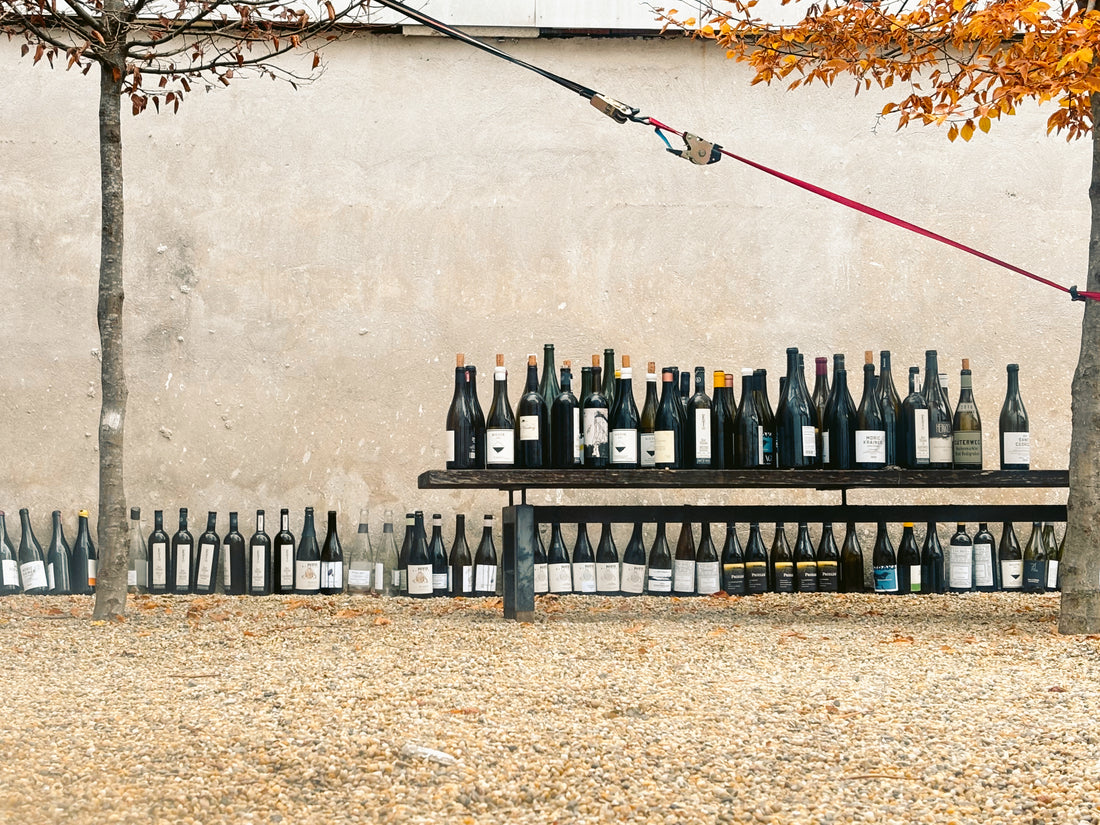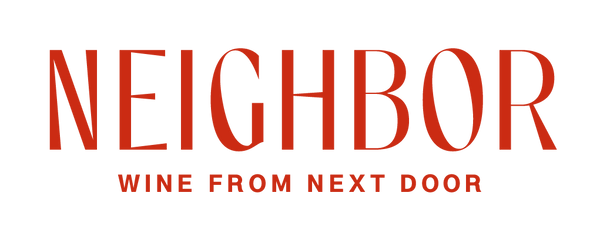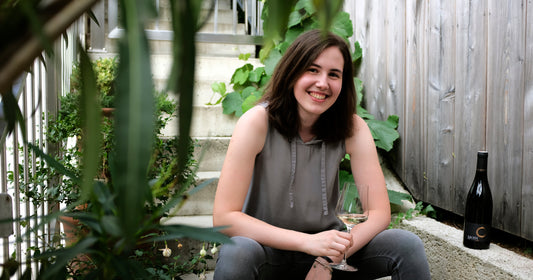
Reimagine Burgenland - Enhancing the region's wines
Share
Accepting the invitation of our dear friend Caroline Derler, I visited the Reimagine Burgenland event.
At this event, important personalities from the wine industry came together to discuss strategies for improving the reputation and market presence of Burgenland wines. The discussions focused on regional identity, quality, collaboration, and innovative marketing approaches.

A major theme was the importance of regional identity. It was emphasized that the drive to elevate Burgenland wines must come from within the region. The success of Italian wines like Barolo and Barbaresco, driven by internal promotion and the support of Italian sommeliers, was cited as a model. For the success of Burgenland wines, similar internal efforts are necessary, particularly in cities like Vienna and Berlin.

The quality of the wine is crucial, but its origin is becoming increasingly important to consumers. It was strongly advised to promote Burgenland as a unified wine region, rather than dividing it into smaller appellations. This unified approach would enhance the region’s image and wine recognition, making Burgenland wines more distinguishable and attractive.

The historical challenge of Burgenland to establish a distinct wine identity was discussed. In the past, Burgenland wines often imitated French styles, but now there is a movement towards promoting indigenous varieties like Blaufränkisch and Ruster Ausbruch. These unique wines represent the authentic character of the region and should be emphasized more in marketing efforts.

Collaboration among winemakers and educating the younger generation about the benefits of producing origin-specific wines were highlighted as crucial factors. Mentoring young winemakers and fostering a community focused on quality and regional identity would ensure a robust future for Burgenland wines.

The untapped potential of Burgenland’s white wines, particularly Grüner Veltliner, was highlighted. Increasing the focus on promoting these wines could further distinguish Burgenland. It was also called for the revival of the domestic market for sweet wines, which have historical significance but are currently underappreciated.

The synergy between tourism and wine marketing was emphasized. Wine tourists typically spend more and seek unique experiences, making them valuable for local economies. Creative and strategic marketing efforts are required to boost Burgenland’s wine profile and attract more tourists.

A significant challenge is the outdated wine classification system, which was criticized for its rigidity. The strict criteria often hamper innovation and discourage young winemakers. Reforms were called for to better reflect contemporary winemaking practices and the realities of climate change.

The event concluded with optimism regarding the future of Burgenland’s wine industry. The potential for the region to become a global wine leader through quality, authenticity, and strategic marketing was emphasized. The collective ambition is to elevate Burgenland’s wines on the international stage.

Several exceptional wines from Burgenland were highlighted during the event, each contributing to the region’s rich and diverse wine culture.

-
Heinrich Traminer Freyheit: This amphora orange wine is a pure expression of the Traminer grape, offering vibrant aromas of rose petals, lychee, and exotic spices. The wine's textured palate features a harmonious balance of fruit and tannins, leading to a long, intriguing finish. It’s a standout example of innovative winemaking in Burgenland.

-
Krutzler Deutsch Schützen Blaufränkisch: Known for its deep color and intense flavors of dark berries, this Blaufränkisch stands out with its balanced acidity and fine tannins. It’s a perfect example of the robust and flavorful reds from the region.

-
Christian Tschida Himmel auf Erden: Translating to “Heaven on Earth,” this wine lives up to its name with its lush texture and vibrant fruit profile. It is a natural wine that captures the essence of Burgenland’s terroir with minimal intervention.

-
Kollwentz Chardonnay Gloria: Kollwentz Chardonnay Gloria is a sophisticated wine that exemplifies the art of winemaking in Burgenland. This elegant Chardonnay boasts rich flavors of ripe apple, pear, and citrus, intertwined with subtle notes of vanilla and toasted oak from careful barrel aging. The wine is characterized by its creamy texture and vibrant acidity, providing a balanced and long-lasting finish. It showcases the exceptional terroir of the region and the meticulous craftsmanship of the Kollwentz winery.

-
Nittnaus Gritschenberg Blaufränkisch: This single-vineyard Blaufränkisch is distinguished by its complexity and depth, with flavors of blackberry, plum, and a hint of minerality. It’s a testament to the potential of Burgenland’s unique vineyard sites.

“Reimagine Burgenland” marked a significant step towards unifying efforts to enhance the region’s wine identity and market presence. By focusing on quality, embracing regional uniqueness, and fostering collaboration, Burgenland is poised to secure a prominent place in the global wine landscape.









